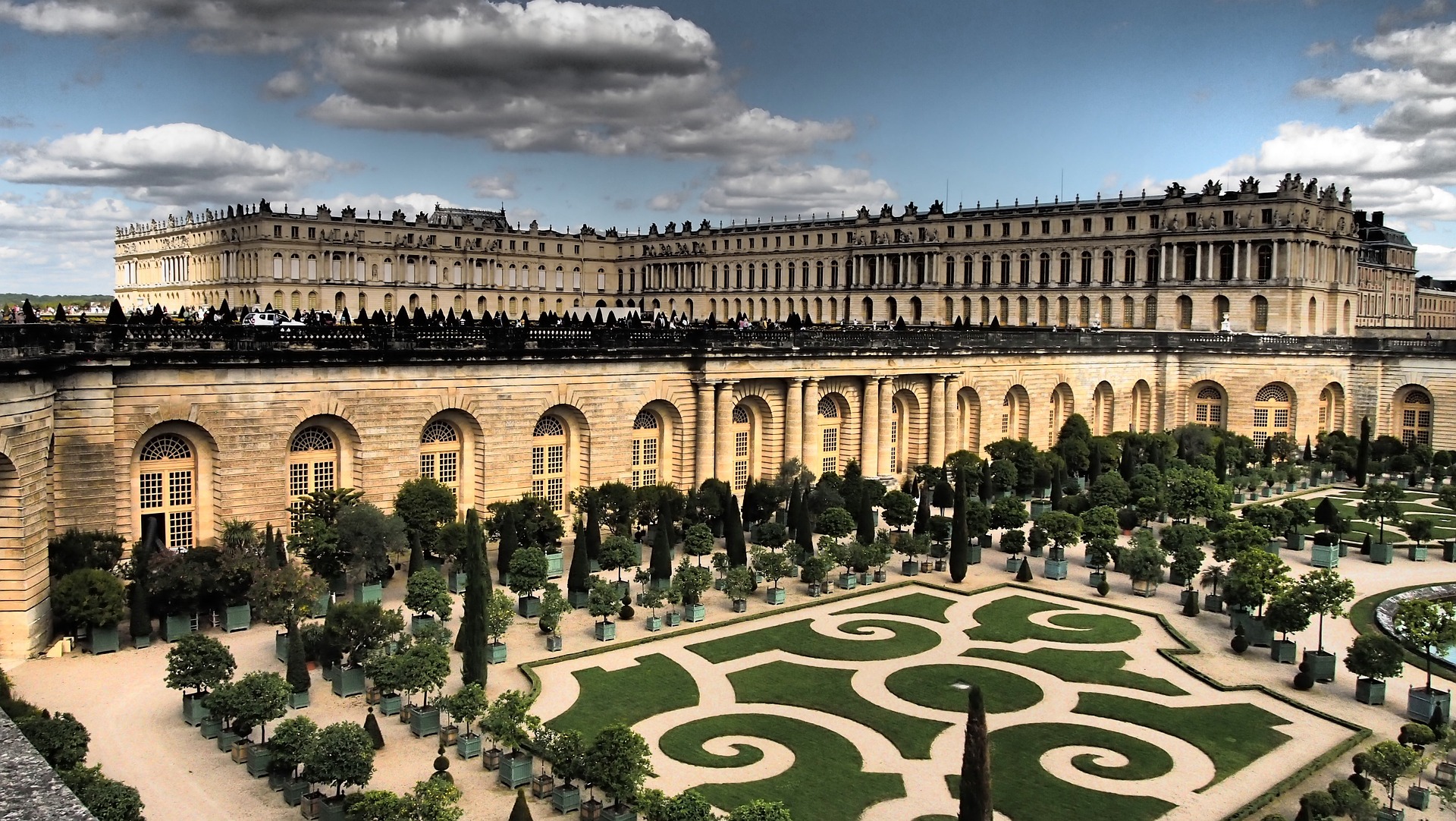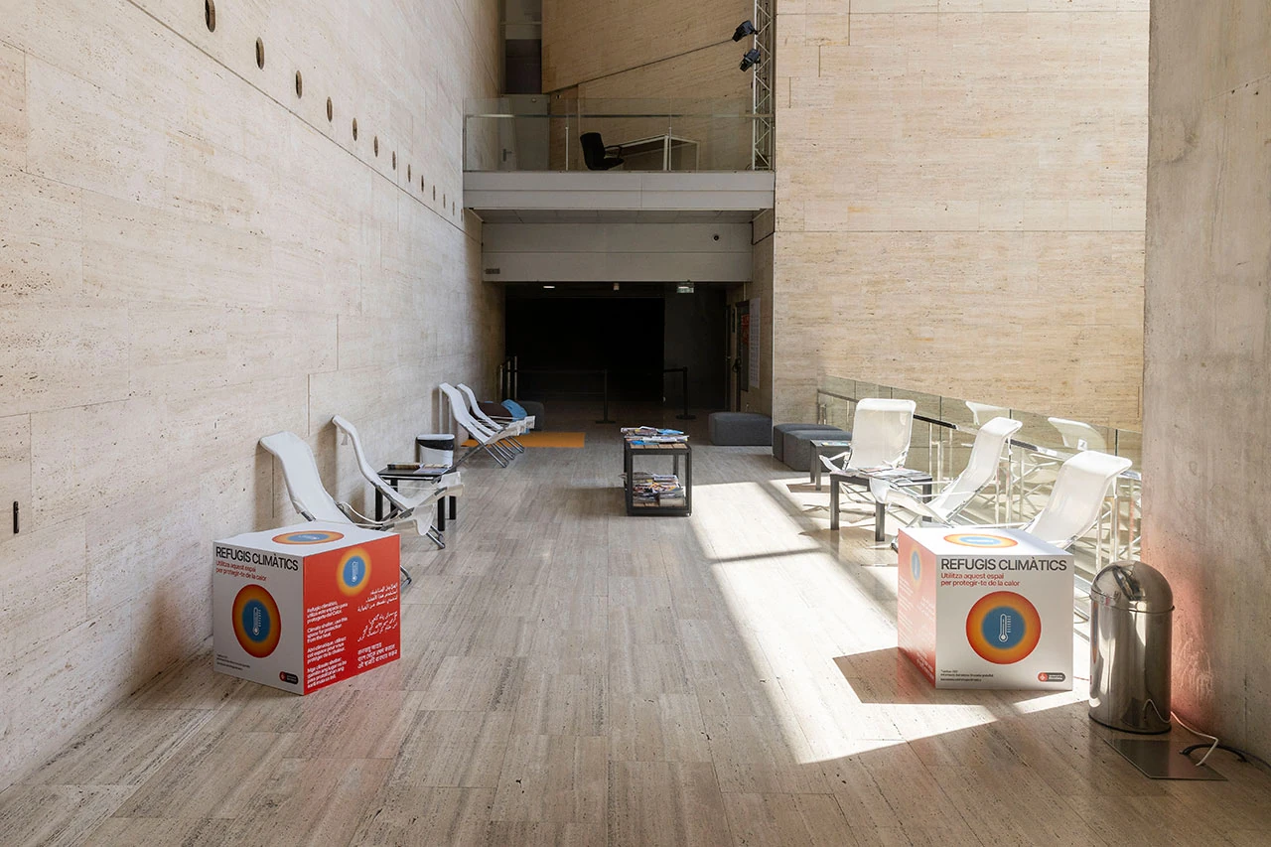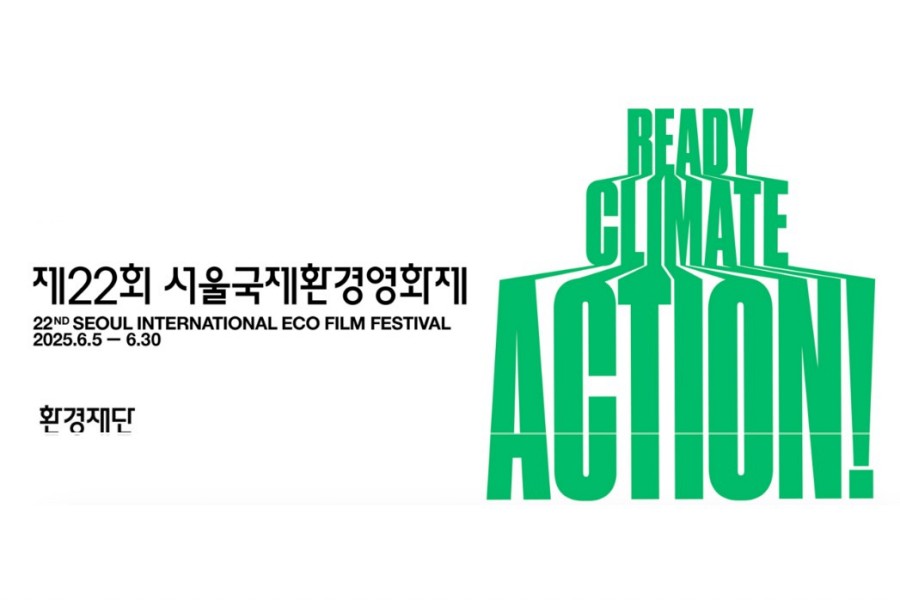“This isn’t Versailles!”
In France, when parents nag their children to turn off the lights, they often say, “This isn’t Versailles!” It means they should stop leaving the lights on unnecessarily and be more mindful about saving electricity. While parents in both Korea and France scold their children about turning off the lights, the language they use is quite different. In Korea, it’s usually about the electricity bill, but in the cultural nation of France, they bring up a cultural heritage site instead.
But now, it seems French parents might need to update their repertoire of nagging phrases. That’s because the Versailles of 2023 is completely different from how it looked in the 1700s. The Versailles of Louis XIV—where the entire palace was brightly lit and wealth and resources were extravagantly wasted—is now regarded as a prime example of sustainable development in France. This is the result of two decades of active efforts to embrace a low-carbon, eco-friendly paradigm shift.
France’s First Low-Carbon Cultural Heritage Site
Louis XIV (1643–1715), better known as the Sun King, is a symbol of absolute monarchy in France. Over a period of more than 50 years, he expanded and renovated a former hunting lodge built during the reign of Louis XIII into what is now the Palace of Versailles. Versailles is even more famous for its vast gardens than for the palace itself. The palace covers an area of 66,000 square meters, while the gardens span 8.2 million square meters—almost three times the size of Yeouido (2.9 km²) in Seoul. In 2021, despite a significant drop in visitors due to COVID-19, it still welcomed 2.5 million people, making it one of the most popular cultural heritage sites in the world.
국Perhaps it’s because of Marie Antoinette (1755–1793, Queen of Louis XVI), who was executed for squandering the national treasury, but the Palace of Versailles doesn’t exactly evoke ideas of frugality and efficiency. However, that’s just a long-standing prejudice! In fact, the Palace of Versailles is France’s first low-carbon public cultural heritage site and has been managing its carbon emissions for over 20 years.
The organization that manages Versailles—the Public Establishment of the Palace, Museum and National Estate of Versailles (L’Établissement public du château, du musée et du domaine national de Versailles, or EPV)—is a public institution under the French Ministry of Culture, established in 1995. In Korea, it would be roughly equivalent to the Gyeongbokgung Office under the Royal Palaces and Tombs Center of the Cultural Heritage Administration. In 2020, EPV created a Sustainable Development Team and staffed it with around 15 members. As a public institution, its goal is to protect and preserve the palace and its surroundings from environmental crises such as climate change, and furthermore, to share these efforts with partner organizations and the millions of visitors who come each year.
The transformation of Versailles has been significantly influenced by the French government’s green leadership. In 2008, France issued a decree titled “National Model for Sustainable Development in Public Services and Public Building Operations” (December 3, 2008). This decree called on all government ministries to implement sustainable development practices in carrying out public services. As France’s most iconic public park, the Palace of Versailles was specifically mentioned in the decree.
Then in February 2020, the French government announced the “National Commitment to Environmentally Friendly Public Services.” This pledge includes 20 commitments such as reducing carbon emissions from public servants’ commuting, lowering energy consumption in public buildings, promoting green public procurement, implementing a circular economy, and managing the carbon footprint of the digital sector. As a public building, the Palace of Versailles has joined in fulfilling these national commitments. It is reducing energy consumption across the palace grounds, improving waste management, harvesting rainwater from its 20,000-square-meter roof to reuse in fountains, promoting recycling and reuse of resources, and helping conserve biodiversity across its 8.2 million square meters of green space. Versailles publishes an annual activity report and an implementation report to share the progress of these efforts.
The Sun King’s palace was never warm
Anyone who has visited the Palace of Versailles is bound to be overwhelmed by its sheer scale. With nearly 20,000 pyeong (approximately 66,000 square meters) of interior space, the palace contains over 700 rooms, and its soaring ceilings far exceed the height of a person. But even Versailles cannot escape winter! On a cold winter’s day, was it really possible to keep this vast space warm and cozy?
To start with the answer: “No.” The Sun King’s palace, in fact, was never warm. The windows were poorly sealed, letting in cold drafts, and insulation was inadequate. Even today, it’s said that about 90% of Versailles’ energy costs come from heating. Keeping Versailles warm—then and now—has always been a major challenge.
In the past, Versailles was heated with firewood. By the 18th century, the palace had around 1,300 chimneys. Ornately decorated fireplaces can still be seen throughout the palace. However, it seems these fireplaces served more to display social status than to provide actual warmth. The nobles at Versailles competed fiercely to have the most lavish fireplaces. Unfortunately, despite their impressive designs and presence, the fireplaces performed poorly. The smoke often failed to vent properly, leaving rooms blackened with soot and filling them with acrid smoke that the nobles had to inhale. Getting enough firewood was another issue. Because of the vast size of Versailles and the inefficiency of its fireplaces, it was said that burning the entire 3.6 million pyeong (around 12 million square meters) of surrounding forest was necessary just to heat the palace for one season.
This led to the introduction of stoves as an alternative. But they weren’t very effective either. For the aristocrats of Versailles, who valued status and elegance above all, cast-iron stoves were considered unattractive. Many preferred to endure the cold rather than place one in their rooms. Moreover, stoves posed a significant fire hazard.
Fortunately—or perhaps unfortunately—the cold of Versailles didn’t bother the Sun King much. Perhaps true to his name, Louis XIV rarely felt the chill. In fact, he was reportedly irritated by nobles who complained about the cold. It’s possible that because Louis XIV didn’t mind the cold, Versailles’ heating system remained inefficient and underdeveloped.
In modern times, until relatively recently, Versailles relied on heavy oil and gas for heating. Clean energy was never closely associated with the palace. However, today, work is underway to replace all the boilers in the palace with heat pumps. In Europe, heat pumps are recognized as a key tool for improving energy efficiency and reducing carbon emissions.
LED Chandeliers Inlaid with Swarovski Crystals, Preserving the Brilliance of the Past
The glow of Versailles’ chandeliers, adorned with dozens of candles, holds an irreplaceable sense of romance and charm—made possible only by real flames. However, with nearly 200 chandeliers and over a hundred additional lamps, wall sconces, and candelabras, an enormous number of candles is required just to light the palace. The cost of purchasing such a large quantity of candles is a concern, but so too is the carbon emitted as they burn. There was no doubt that Versailles’ lighting needed to be updated—but without an alternative that could preserve the elegance of real candlelight, any attempt to replace the lighting seemed destined to fail.
The lighting replacement became possible thanks to the idea that the glow of LED bulbs could be made to shimmer like real candlelight by using pieces of crystal. Here’s how it works: the LED bulbs are hidden inside candle-shaped casings, and 4-centimeter-long crystal pieces are placed over them like wine corks. This project involved the world-renowned crystal manufacturer Swarovski. In 2011, Versailles began its lighting renovation, replacing all 195 chandeliers and 119 lamps, wall sconces, and candelabras in the main palace and the Trianon Palaces with LED bulbs adorned with Swarovski crystals.
In 2021, another round of lighting renovations was carried out to reduce energy consumption. The palace’s interior lighting was replaced with LED bulbs, and the brightness of nighttime lighting was optimized to enhance the efficient use of electricity. The EPV (Public Establishment of the Palace, Museum and National Estate of Versailles) also created a new position, the “Energy Officer,” to ensure operations comply with ISO 50001, the international standard for energy management systems.
Waste is a Thing of the Past: Versailles’ ‘Reuse and Recycle’ Initiative
Versailles is also actively embracing the principles of “reduce, share, exchange, and reuse.” Tree waste generated from the palace’s vast gardens and green spaces is not simply discarded—it is provided to local technical schools in the Versailles area, where students studying woodworking can use it as practice material for furniture-making. Audio guides and earphones have also been designed with recyclability in mind. For example, the audio guides are developed to allow for easy battery removal and collection, and every component—from the case and charger to the electronic chips—is recyclable. As for earphones, parts like ear covers and microphones, which are consumable items, are recycled in collaboration with social enterprises that employ people with disabilities. Even structural elements and stage decorations used during exhibitions and performances are reused.
For example, instead of dismantling and discarding the structures used in the 2021 exhibition “Wild Tales or the Sun King’s Portrait,” they were reused as-is in another exhibition called “The King’s Animals.” In addition, various items such as glass cases, screens, and lighting used in exhibitions are also reused.
“This is Versailles!”
Versailles’ efforts for sustainable development don’t stop there. The palace is in the process of replacing its staff’s work vehicles with hybrid or electric cars, and has installed 21 electric vehicle charging stations and five bicycle parking areas for employees. Additionally, Versailles houses its servers—essential for various electronic communications—at a data center operated by the company Eolas. Located in Grenoble, this data center supplies 100% of its electricity from renewable sources, using hydropower and its own solar panels.
Our country also has many historic sites and cultural assets, but because of their high preservation value, it is not easy to make changes lightly for the sake of energy reduction and greenhouse gas mitigation. When it comes to cultural heritage, the focus is generally more on protecting these assets against climate change and extreme weather rather than on reducing greenhouse gases. In this respect, Versailles serves as a great example of how a world-renowned cultural heritage site can contribute to energy conservation and sustainable development. As a representative cultural treasure symbolizing France, Versailles has taken the lead in implementing nationally driven sustainable development efforts, becoming a model for sustainable cultural heritage. After all, this is Versailles.
▶ This article is a contribution to the bimonthly magazine “A World Illuminated by Light” published by Korea Electric Power Corporation (KEPCO).
https://home.kepco.co.kr/kepco/front/html/WZ/2023_01_02/sub3_4.html











